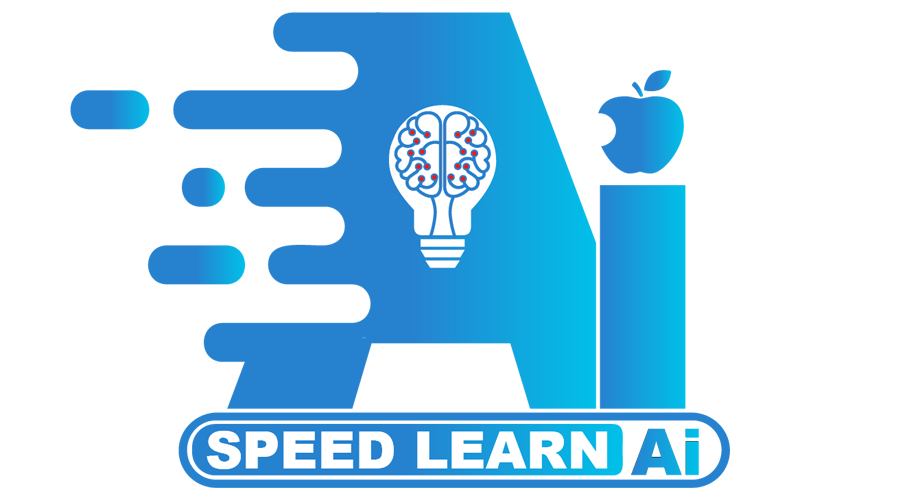10 Crazy Announcements from Google I/O
It is May 11, 2023, and you’re watching The Code Report. We have no moat, and open-source models will win the great AI War, according to a leaked memo from a Google employee. Based on the announcements at Google I/O yesterday, I think they got the memo. Google has been applying AI to make AI, AI generative AI, third AI, employing AI, finally rigorously tested AI with AI large language models with AI power of AI, alternative AI, AI platforms, AI Tailwind, AI first AI model. The moon landing is AI generates a generative AI powered by generative AI with AI at the center. Leading-edge AI research with Google’s AI and the cloud personal AI building AI building. It’s no surprise to see Google going all-in on AI in order to protect their core search advertising business from OpenAI and Bing chat. But they also announced some amazing things for web and mobile developers, and in today’s video, we’ll look at 10 crazy announcements from Google I/O.
One, generative AI is coming as an ad blocker directly to search engine result pages, and that means internet users will have less of a reason to visit your website to look for answers, and that’ll completely change the way people think about search engine optimization in the future. And it makes me wonder how advertisements will be integrated into these results.
Two, speaking of ad blockers, one thing they didn’t tell you at I/O is that they’re currently running a YouTube ad blocker experiment that will prevent you from using YouTube if you have ad blockers enabled. In other words, it’s an ad blocker blocker.
Three, the biggest AI announcement at I/O was the release of Palm 2, Google’s state-of-the-art model to compete with GPT-4. It comes in a variety of sizes like Gecko, Otter, Bison, and Unicorn that trade off speed for sophistication. What’s more exciting though is that you have access to these foundational models from Google Cloud’s ML Ops product, Vertex AI. You can use Vertex to fine-tune your own models with your own data, and that’s huge for entrepreneurs who want to build their own AI products. It also has an embeddings API and all kinds of other useful stuff.
Four, we’ve got Duet, which is bringing AI to all of Google’s business products like Docs and Sheets. It’s the answer to Microsoft’s co-pilot. I’ve been using it in Google Docs myself, and it’s a total game changer for White Collar productivity. It’s not quite as good as GPT-4, but currently, it’s only using the Bison model. I guess we’ll see what happens when they unleash the Unicorn. In addition, these models can write code and they’re being integrated directly into IDEs like Android Studio. They demoed Studio Bot, which can write and analyze code but most importantly debug crashes.
Five, Project Tailwind, which is Tailwind CSS built natively into the Chrome browser. Actually, no, that’s not right. I wish, but it’s actually just another AI product. You can think of it as Google Drive where you store a bunch of documents that are automatically trained as your own custom AI model. That’ll be incredibly useful for cheating on your homework or if you’re too broke to hire a lawyer, you could use it to analyze all the legal documents in your case. Tools like that will be huge in the future.
Six, Google announced a foldable phone. Firebase updates hosting updates. Hosting now supports a bunch of new frameworks like Svelt Kit, Knox Astro, and Flutter Web. Firestore now supports OR queries. Cloud Functions got a Python runtime, and they released a bunch of new extensions to access AI tools like the Palm API. Eight, Flutter announced a new version that has full support for the new Material 3 design spec. That’s good news for mobile developers, but number nine is even better – WebAssembly. WebAssembly for managed memory languages, garbage-collected languages like Dart and Kotlin, will be able to compile to WebAssembly, which means they can run natively in the browser. Tools like Flutter can already transpile to JavaScript, but WebAssembly is up to three times faster. They actually demoed a React developer’s worst nightmare – a Flutter app running inside of an Angular app and sharing state between the two. And finally, that brings us to number ten – WebGPU, a new API that allows the browser to access the GPU. This API has been in the works for a while but can now be enabled in Chrome with a feature flag. It’s basically a replacement for WebGL and will make it easier and faster to run 3D graphics and do machine learning directly in the browser. It’ll improve libraries like 3.js and can already make TensorFlow.js run 100 times faster. And that’s it for our AI Gore show tonight. Tune in tomorrow for more AI Gore. Now, here it is, your moment of Zen – you’re so excited to make the Moon Bender with AI generative AI. Thank you.


